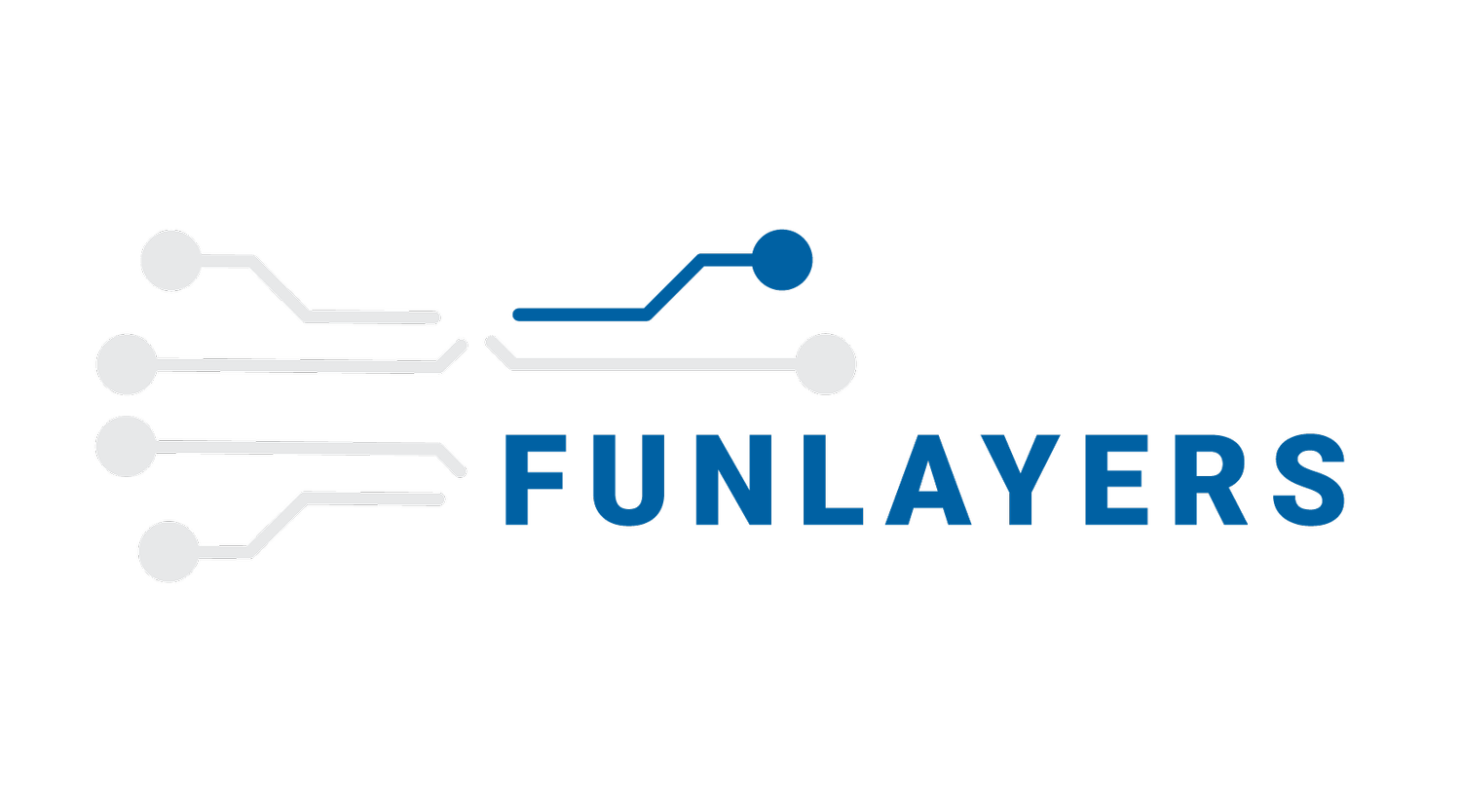Unravelling Twisted Stacking Faults in CrI₃: New Insights into Magnetic Layered Materials
In a recent study published in Nature Communications, Francis Leonard Deepak - INL researcher and member of FUNLAYERS - along with an international team from Korea, Spain, the U.S., and the U.K., used cutting-edge electron microscopy, including low-temperature Cryo-TEM, to explore the structural phase transitions of CrI₃.
CrI₃ is a novel magnetic material which has attracted significant attention for its unique ferromagnetic properties and potential applications in spintronics.
The stacking configurations in van der Waals crystals significantly influence several material properties. Previous research has shown that stacking engineering is a powerful method for achieving desired properties through layer-by-layer crystal engineering.
Controlling the twist angle between artificially stacked two-dimensional (2D) materials has led to the discovery of unconventional phenomena, ranging from superconductivity to strongly correlated magnetism. This study clarifies the complex relationship between these transitions and the material's magnetic properties.
In this study, cross-sectional TEM analysis was used to identify interlayer stacking disorders in CrI3. According to Francis Leonard Deepak, “the study provides evidence of twisted stacking faults in CrI₃ and reveals changes in the relative population of twisted domains, without the anticipated transition to the rhombohedral phase at low temperatures".
“These findings underscore the importance of understanding layer-dependent stacking order and magnetic properties in CrI₃ and other related layered magnetic materials.” This work, supported by the FUNLAYERS twinning project – 101079184 from the European Union, is significant for the fabrication of heterostructures with tuneable magnetic properties for advanced technological applications.

